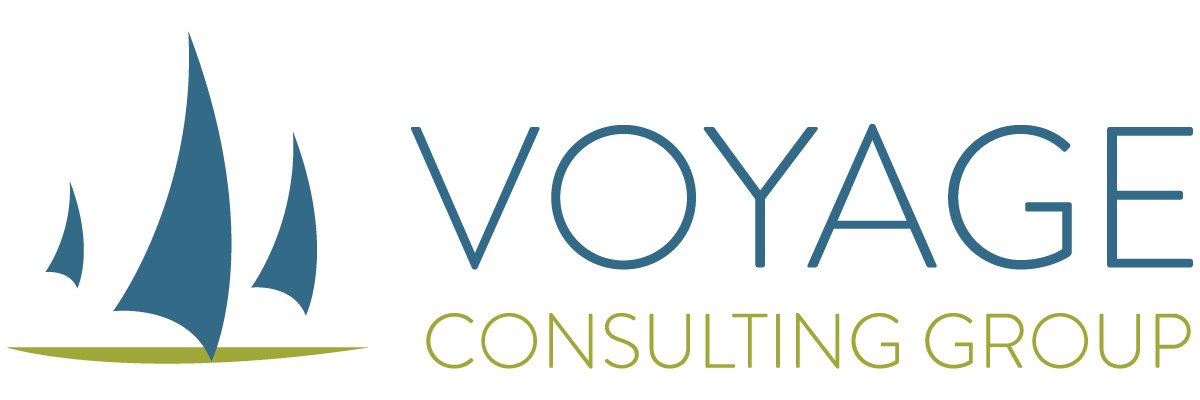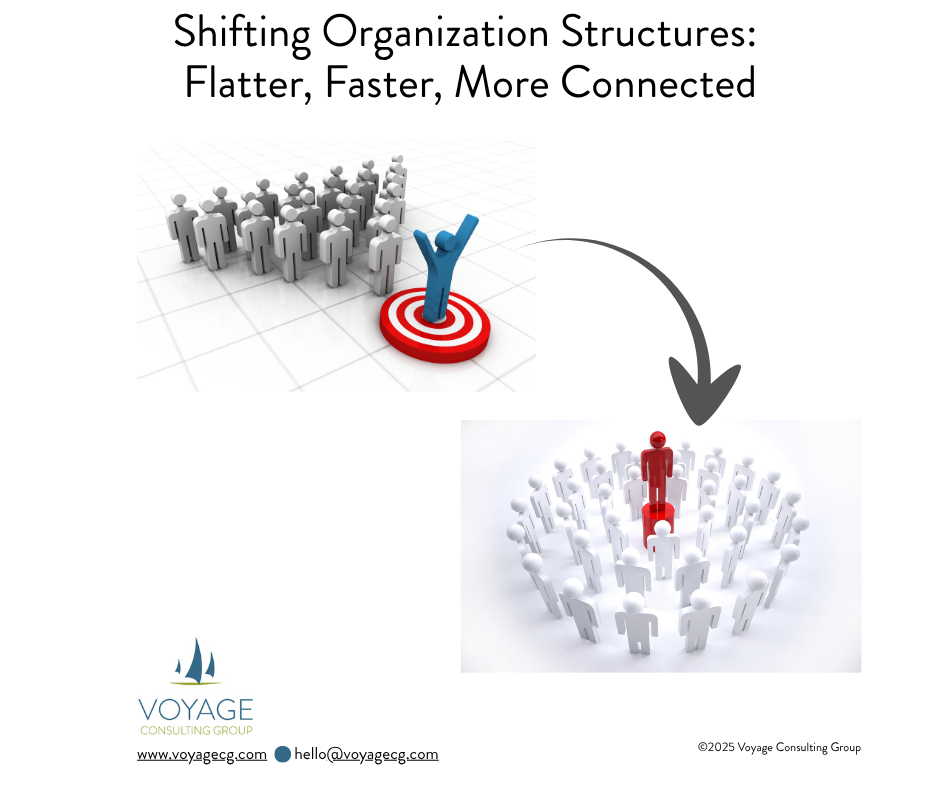Get Ready for Another Reorg
Company structures have always shifted with markets, technology, and strategy. But AI is accelerating the pace and depth of change.
At the Wall Street Journal Leadership Institute’s Technology Council Summit this week, leaders made it clear: the future of organizations will look very different. Flatter teams. Fewer middle managers. More emphasis on individual contributors who actually do the work. Leaders at the top managing broader spans of control. Multidisciplinary, ad hoc teams forming around problems instead of reporting lines.
One tech executive put it this way: “80% of jobs will change at least 20% by AI. And 20% of jobs will change as much as 80%.”
Why this matters to you as a leader
You’ll be asked to lead larger, more diverse groups with less hierarchy to rely on.
Success will hinge on how well you integrate people + AI, not just how you manage headcount.
Your ability to align structure, skills, and culture will determine whether your company adapts—or falls behind.
Actions to Take for Your Company
Redesign roles around skills. Audit your teams to understand which skills are core, which can be augmented by AI, and which will need reskilling. Build learning plans tied to these shifts.
Strengthen cross-functional collaboration. Set up project-based teams with engineers, product, design, and operations working together. Reward outcomes, not titles.
Invest in leadership readiness. If spans of control are doubling, managers need stronger coaching, communication, and delegation muscles. Train leaders for influence, not just oversight.
Integrate HR and Tech. Move from “workforce planning” to “work planning.” Align talent strategy with technology adoption so people + AI workflows are intentional, not accidental.
Actions to Take for Your Career
Expand your adaptability muscle. Expect your role to evolve as AI reshapes responsibilities. Build fluency in emerging tools and stay curious about their impact.
Grow your influence skills. In flatter organizations, authority is less about position and more about clarity, persuasion, and the ability to unite people around purpose.
Develop a broader lens. Leaders will oversee more disciplines at once. Build enough literacy in adjacent fields (tech, data, finance, HR) to ask the right questions and guide decisions.
Position yourself as a connector. Careers will advance not by guarding turf but by helping others navigate change. Be the leader who bridges people, technology, and strategy.
The traditional triangle of organizational charts is giving way to something closer to a circle — fewer layers, more direct connections, and a stronger emphasis on collaboration across roles. For leaders, that shift means stepping into a new kind of visibility and responsibility. The companies that thrive won’t be the ones protecting hierarchy, but the ones designing cultures where people and AI connect seamlessly, adapt quickly, and deliver real impact together.

